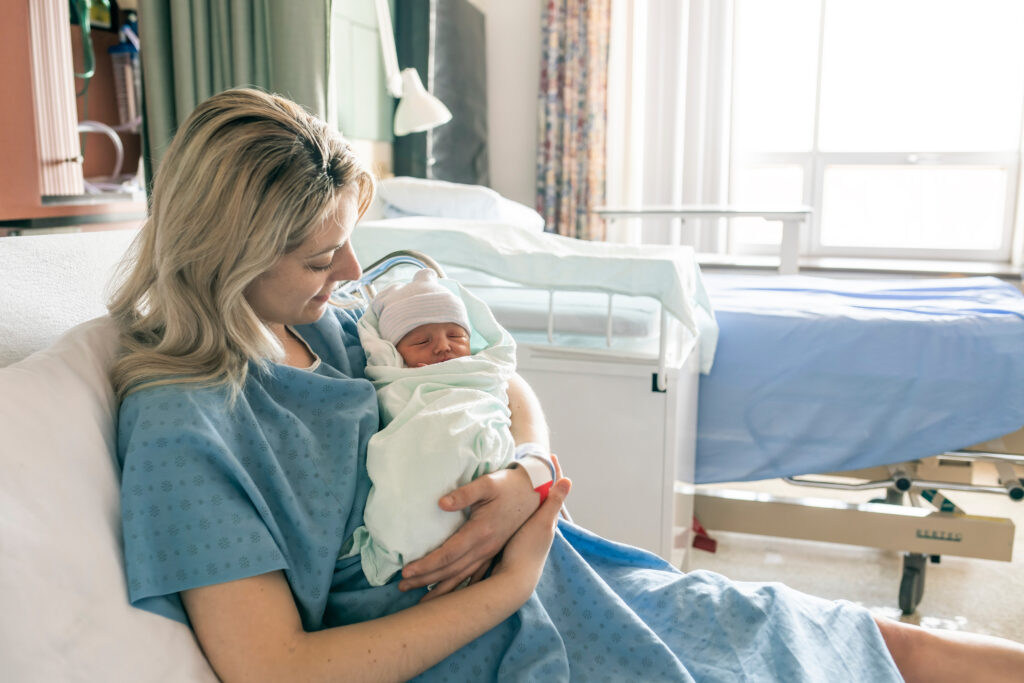Preparing a successful PENNA entry – Chair’s reflections
On Wednesday 28th September, health and social care organisations from across the UK will meet to celebrate inspiration, innovation and best practice in patient experience at the Patient Experience Network National Awards (PENNA). With 23 award categories this year, ranging from “Communicating Effectively Patients and Families“, to “Team of the Year” and “Turning it Around“, there is something for everyone.
Earlier this week, Picker hosted a webinar to consider what makes a successful entry. Our panellists, consisting of judges and previous winners, offered suggestions and practical advice on developing an impressive case study that would catch a judge’s eye. They considered how to apply the judging criteria, which are key elements to include in all entries. Below their tips are paired with examples from previous winners:
Leadership: What is the quality of management and project leadership?
This element of the criteria considers leadership from staff at all levels. Has there been a clear approach to solving a problem that involved effective collaboration with stakeholders? Last year’s overall winner, winner of the ‘Personalisation of Care’ and runner up in the ‘Staff Engagement and Improving Staff Experience’ categories, Calderdale and Huddersfield UHNT: “Bereavement Support Service” embodied this quality well.
The onset of the pandemic meant that visiting time was severely limited, and the End-of-Life Team took the lead to ensure that an equitable service was provided for all. Ultimately, the programme saw next of kin being contacted daily and supplied with a hand-crafted bereavement box on their loved one’s passing. The End-of-Life Team placed partner-knitted hearts with the deceased patients, and 5-10 days after death, relatives were also contacted and offered support.
Outcomes and sustainability: Has the initiative been properly assessed, and was it effective?
Judges are looking for evidence of meaningful improvement with demonstrable positive change in people’s experiences. Additionally, has it been set up in a sustainable and cost-effective manner to ensure that it continues beyond the lifetime of the initial project?
The 2016 Continuity of Care winner was Ipswich Hospitals NT. They introduced a “Frailty Assessment Base” that provided a rapid multidisciplinary assessment within 48 hours of a referral. Every patient leaves the review with a shared-care plan developed in partnership with staff. 99.6% of patient attendees recommended the service overall, and the programme resulted in an 81% admission prevention at 30 days. These indicators of success demonstrated the value of the programme to the Senior Management Team and resulted in the programme being expanded to a 7-day service.
However, you do not necessarily need to provide reams of data; poignant quotes or narratives from staff and patients can be just as powerful. Whittington Health NT, 2018 winner of the ‘Partnership Working to Improve Experience’, clearly demonstrated impact with the “The Young Carer Identification Card”.
This project was developed after a safeguarding concern was raised; an 11-year-old girl was left unnoticed on an adult ward until 11 pm. Engagement with local young carers and staff highlighted the need for a Young Carer Identification Card. The outcomes were clear, with young people reporting: “I showed the card to a consultant, and he let me sit in my mum’s appointment and explained things to me” and “The card helps me to pick up my mum’s prescriptions when I wasn’t allowed to before”.
Involvement: What has been done to ensure that the end-user voice has been included?
Co-design is a key element of effective system improvement and judges are looking for active involvement in the project. This was demonstrated well by North West London Healthcare NT, winners of the 2015 Innovative Use of Technology/Social Media, “Using Coproduction & WhatsApp™ to improve engagement of adolescents with Type 1 Diabetes Mellitus” demonstrated this criteria well. During adolescence, it is commonly found that children’s glycaemic control deteriorates and that many diabetics feel socially isolated. This project was developed to ensure that care was made relevant for them using mobile technology. Along the whole journey, a cohort of patients and staff were used to develop a WhatsApp group to exchange information, advice and emotional support.
Transferability and dissemination: Can the work be replicated, and has it been well shared?
These criteria are embodied in the Nutricia initiative: “A Service Evaluation of the Acceptability and Use of a Mobile app for Video Call Communication Between Home Enterally Tube Fed Patients and Home Care Nurses”, winner of the 2019 Communicating Effectively with Patients and Families category. In 2018, Nutricia Homeward Nurses conducted nearly 171,000 visits and over a third of their time was spent driving. The question was asked: “Could a proportion of nurse visits be conducted virtually if we had the correct technology in place?”. Initially, 25 nurses were involved in a trial programme, after which, a ‘train the trainer model’ was then developed to teach a further 150 nurses across the UK, who continued this model.
Innovation/New thinking: Is the initiative different, innovative, and ambitious? Is it something we haven’t seen before and that stands out from the crowd?
Initiatives do not need to be tremendously complicated, but they should make us think, “why isn’t everyone doing this?”. Some of the most straightforward initiatives have been highly successful, such as the Gloucestershire Hospitals NHS FT: “Small Steps, Big Changes Project”, which in 2017 won Overall Insight for Improvement and was runner up in the Staff Engagement/Improving Staff Experience categories.
This project empowered staff to act upon feedback in real-time, implementing small steps of change. The collaboration work brought ward staff together, and they became a true ward team. The resultant improvement in staff experience was complemented with parallel advances in the patient experience, with the ‘just do it’ culture seeing the rapid introduction of hearing aid boxes, information boards and bedside walking stick holders.
On top of ensuring that entries fulfil the judging criteria, our panellists offered some practical tips for success:
- Start applications early – time always passes quicker than you expect, and it is likely that you will need involvement from multiple collaborators.
- Make sure you read and answer the questions posed – the application is structured to encourage you to consider each of the judging criteria.
- Think about the story of your project – what was the challenge; scope; who did you engage; the impact; future plans.
- Provide evidence of the impact and achievements – these can be qualitative or quantitative examples.
- Use the three additional supporting documents to include any information that’s not been included in your application.
- Reach out to the PEN Team if you have any issues or concerns.
Finally, remember that entering the PEN awards is about more than winning an award; it’s a chance to learn from peers and celebrate all the hard work that has gone into improving people’s experiences.
To find more details about entering the 2022 awards, please visit the PEN website – How to Enter.
We look forward to seeing you on the 28th September to celebrate your achievements!

